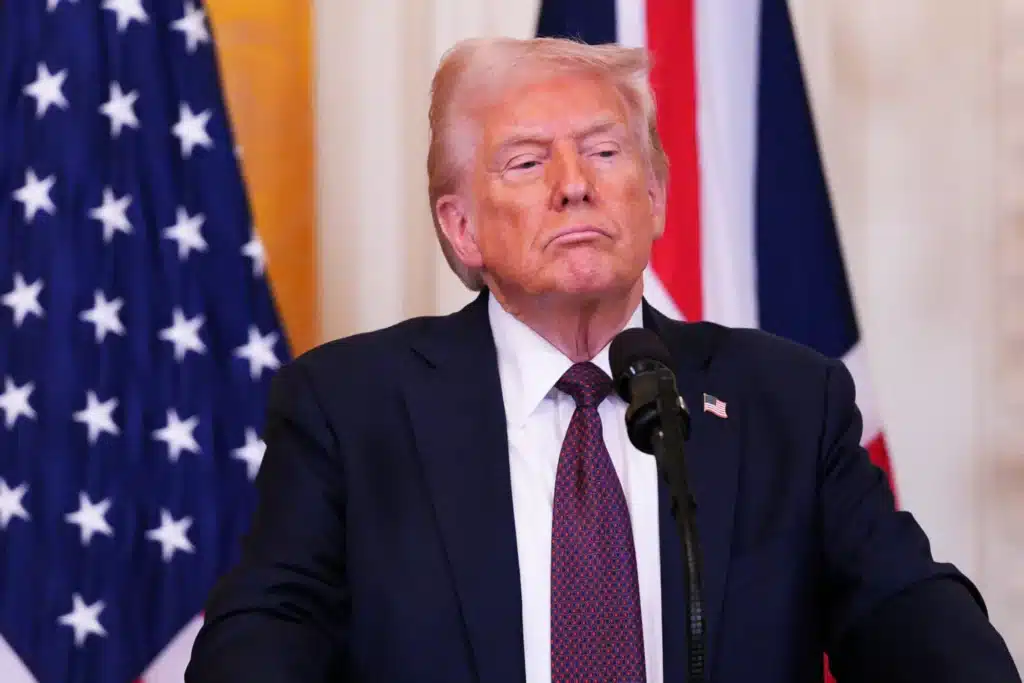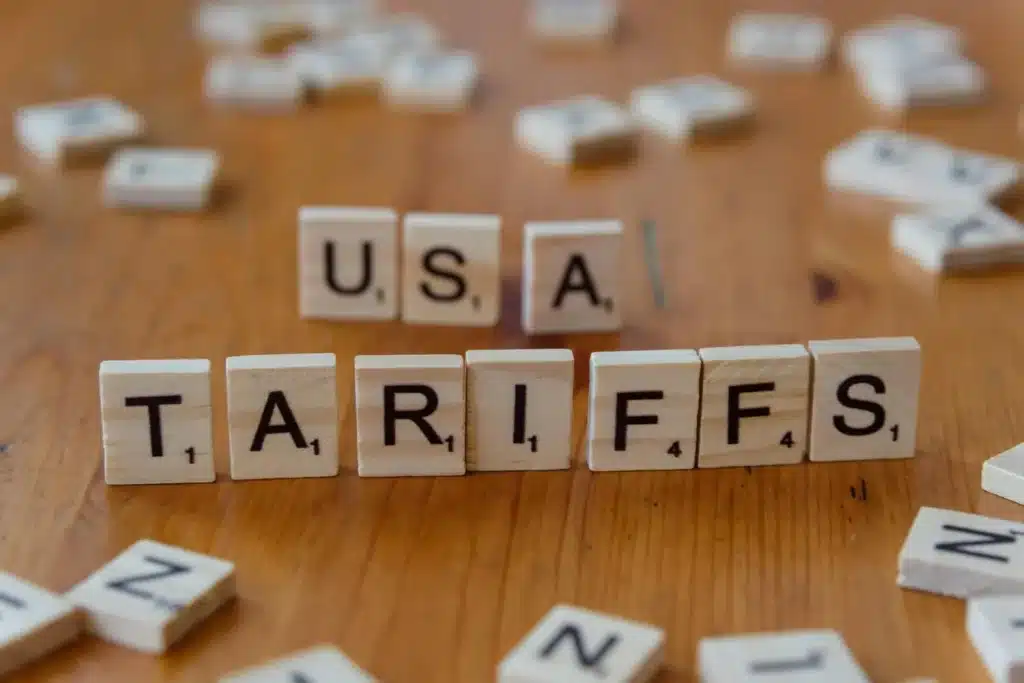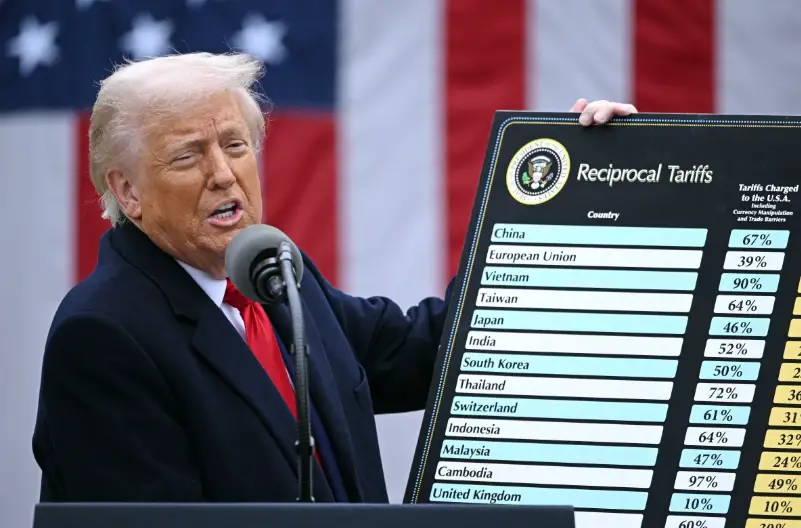The recent decision by President Trump to implement sweeping tariffs on nearly every country has ignited global debate and stirred economic uncertainty. While many governments express concern over the drastic move, Trump defends it as a long-overdue response to what he calls decades of “unfair trade” targeting the United States.
Announced on April 2, the policy includes a staggering 125% tariff on imported goods from China, with Trump labeling the day “Liberation Day” — a symbolic turning point in what he sees as a fight for economic sovereignty. He framed the new trade measures as a bold “declaration of economic independence,” reinforcing his message that American industries deserve stronger protections from global exploitation.
Although some international leaders are actively seeking exemptions through negotiations, others — notably China — have responded with retaliatory tariffs of their own. What began as a policy shift now appears to be escalating into a full-blown trade war between two of the world’s largest economies.
Despite the backlash from economists and world leaders alike, Trump is urging Americans to trust in his strategy. He insists the tariffs are already paying off, claiming the U.S. is collecting “almost $2 billion a day” through the new duties. “I really think we are helped by the tariff situation that is going on,” he told reporters on April 8. “It’s a good situation — not bad, it’s great.”
He went further, asserting that the tariff campaign will be remembered as “legendary, in a positive way.” Trump then revealed that starting at midnight, an additional round of tariffs — this time 104% — would take effect on Chinese goods unless a trade agreement is reached. “China wants to make a deal,” he claimed. “They really do. They just don’t know how to get it started because they are proud people.”
One of the administration’s key talking points is the notion of “reciprocal” tariffs. In Trump’s words, “They charge us, we charge them.” He suggests the system is simple: countries that impose high duties on U.S. exports will now face similarly steep charges on their own goods entering the American market.
Yet the criteria used to determine which countries face higher tariffs — and how those rates are calculated — remain inconsistent and complex. Generally, the administration has targeted nations with a trade surplus, meaning they export more to the U.S. than they import. But even some countries with neutral or minimal trade imbalances have found themselves subject to the new duties.
Global markets have reacted with unease, and critics warn that the ongoing tariff expansions could damage both U.S. consumers and global economic stability. With prices expected to rise on imported goods and supply chains potentially disrupted, some fear that the policy could do more harm than good.
Still, for Trump and his supporters, the tariffs represent a form of economic justice and a step toward restoring American manufacturing power. Whether the strategy will deliver the long-term benefits promised remains to be seen — but for now, the world is watching as tensions mount and global trade enters a volatile new chapter.








